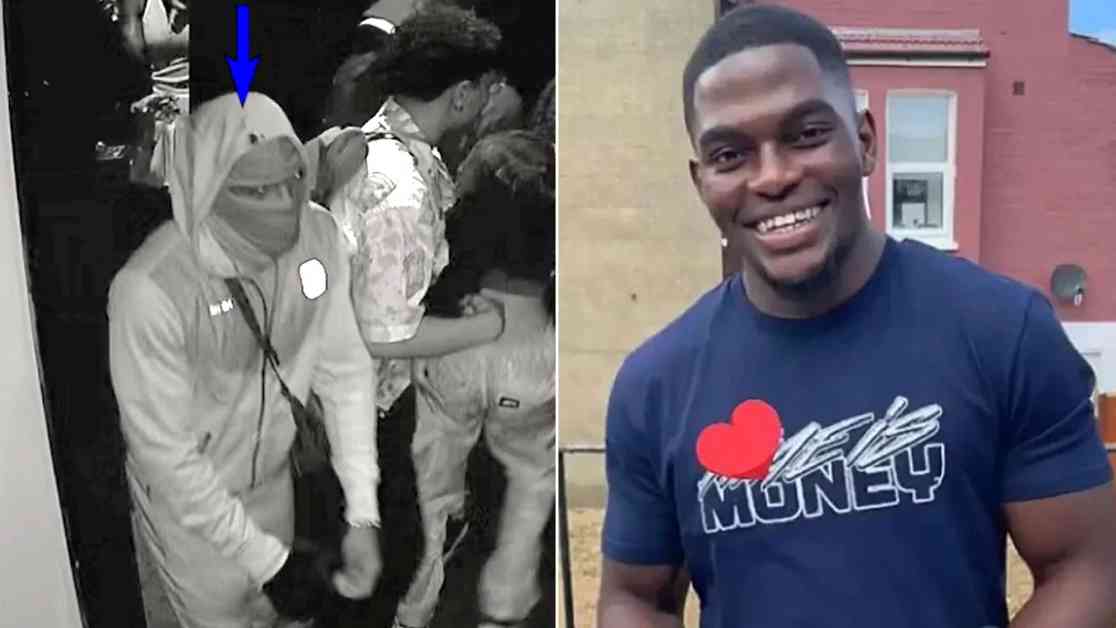Chris Kaba, a 24-year-old core member of a notorious south London gang, met a fatal end after being accused of being the gunman in an alleged attempt to murder a rival in a nightclub shooting. The details of Kaba’s gang affiliation, prior convictions, and violent history were revealed after Metropolitan Police marksman Martyn Blake was acquitted of murder and reporting restrictions were lifted by Mr. Justice Goss.
Kaba, known as “Itch” on the streets, shot Brandon Malutshi twice in the leg with a revolver during a violent incident at The Oval Space nightclub in Hackney. Subsequently, Kaba was shot in the head by Mr. Blake as he tried to evade police in Streatham. The same Audi Q8 used by Kaba during the nightclub shooting was also linked to a previous shooting incident in Bromley, southeast London.
Moreover, Kaba was associated with the 67 gang, described as the most harmful street gang in Lambeth with over 50 members. The gang has been involved in various violent crimes, including shootings, stabbings, and murders. Kaba had a history of convictions dating back to when he was just 13 years old, including offenses related to weapons and violence.
The judicial process involving Kaba was complex, with attempts made to introduce evidence of his criminal background during Mr. Blake’s trial. However, the judge deemed this information irrelevant to the case. Kaba was due to face a civil court hearing for a gang injunction shortly before his death, which aimed to restrict his involvement in gang activities.
Following Kaba’s demise, revelations about his involvement in criminal activities came to light, shedding more light on his violent past and association with the 67 gang. The intricate web of connections between Kaba, his gang affiliates, and the incidents leading to his death showcased a dark underworld of criminal activities in South London.
The legal proceedings surrounding Kaba’s case highlighted the challenges faced by law enforcement in dealing with organized crime and violence. The involvement of multiple individuals, intricate gang dynamics, and the use of firearms in public spaces underscored the need for robust policing strategies to combat such criminal elements effectively.
In conclusion, Chris Kaba’s transformation from a gang core member to a nightclub gunman and his subsequent demise at the hands of law enforcement revealed the complexities of gang-related violence in London. The interconnected nature of criminal activities, the involvement of multiple individuals, and the challenges faced by police officers in maintaining law and order in such environments require a comprehensive approach to address the root causes of gang violence and prevent future incidents.













